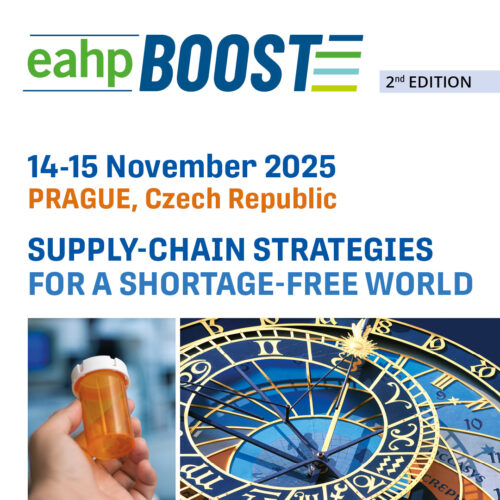LOCAL FORMULARY OF PALLIATIVE CARE IN THE ADULT PATIENT: A MULTIDISCIPLINARY APPROACH TO SYMPTOM RELIEF AND CONTINUITY OF CARE
Pdf

European Statement
Clinical Pharmacy Services
Author(s)
Francesca Baldi (1), Irene Bosoni (1), Sofia Filippini (1), Annamaria Valcavi (1), Gradellini Federica (1)
Alessia Rondini (3), Monica Salsi (3), Silvia Tanzi (2), Sara Alquati (2), Corrado Bacchi (3)
1. Pharmacy Department, Azienda USL-IRCCS, Reggio Emilia, Italy.
2. Palliative Care Unit, Azienda USL-IRCCS, Reggio Emilia, Italy.
3. Hospice Unit, Azienda USL-IRCCS, Reggio Emilia, Italy.
Why was it done?
Palliative care (PC) involves a network of hospitals and healthcare facilities supported by teams of nurses, specialists, general practitioners, and pharmacists. Off-label drugs are used to manage symptoms that do not respond to standard therapies, as permitted by law when no alternatives are available and under medical supervision. The National Health Service reimburses these drugs, but their use requires authorization based on proven safety and efficacy, potentially limiting patient access. Identifying essential drugs for symptom management is crucial to ensure a good quality of life.
What was done?
The AUSL of Reggio Emilia – IRCCS developed the “Local formulary of Palliative Care in Adult Patients” to support pharmacological management in PC. This formulary outlines key symptoms and provides evidence-based pharmacological options derived from scientific literature and clinical guidelines.
How was it done?
A multidisciplinary team of pharmacists, palliative care specialists, and nurses developed the formulary, defining essential treatments for palliative care across various local care settings. First published in 2019 and updated in 2022, the formulary specifies for each drug the indication, dosage, main side effects, and route of administration. Besides, it clarifies whether the use is in-label or off-label, based on the latest studies, accredited guidelines, and Italian legislation on off-label drug use. Off-label treatments are included to address multiple clinical needs when no approved therapeutic options exist, reducing empirical prescribing practices.
What has been achieved?
The formulary covers 16 symptoms, 99 drugs, and 30 active ingredients, ensuring continuity of care across the PC network. It allows PC specialists to prescribe listed medications, facilitating patient access to necessary therapies. This evidence-based system supports off-label use when approved options are unavailable, ensuring both patient safety and legal protection for healthcare providers. The tool is accessible to healthcare professionals through an electronic prescribing and administration system and in the company’s intranet section, promoting information sharing and continuity of care in hospital, community and home settings.
What next?
Clinical pharmacists play a critical role in ensuring appropriate prescribing and the proper implementation of the electronic system. Future steps include updating the formulary and expanding pharmacist training in palliative care
























